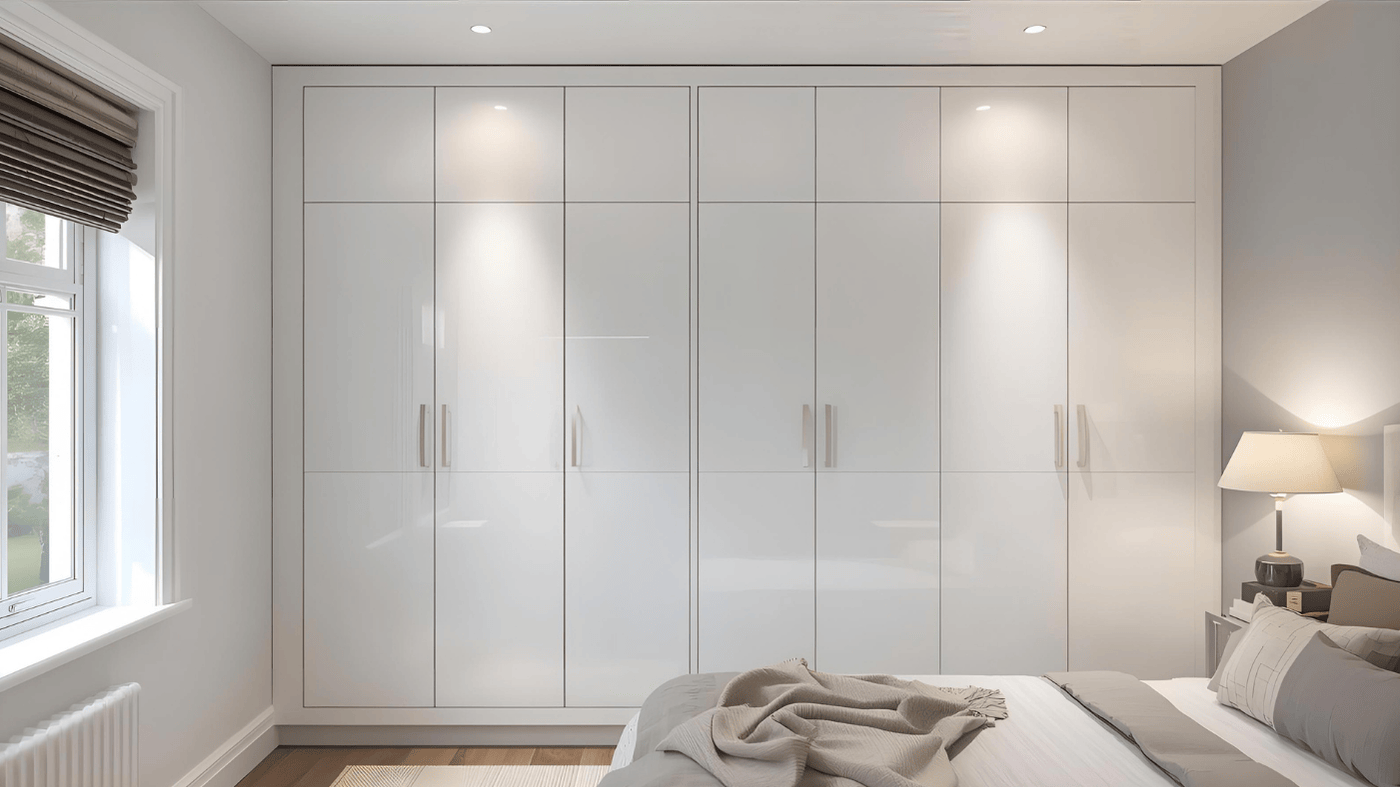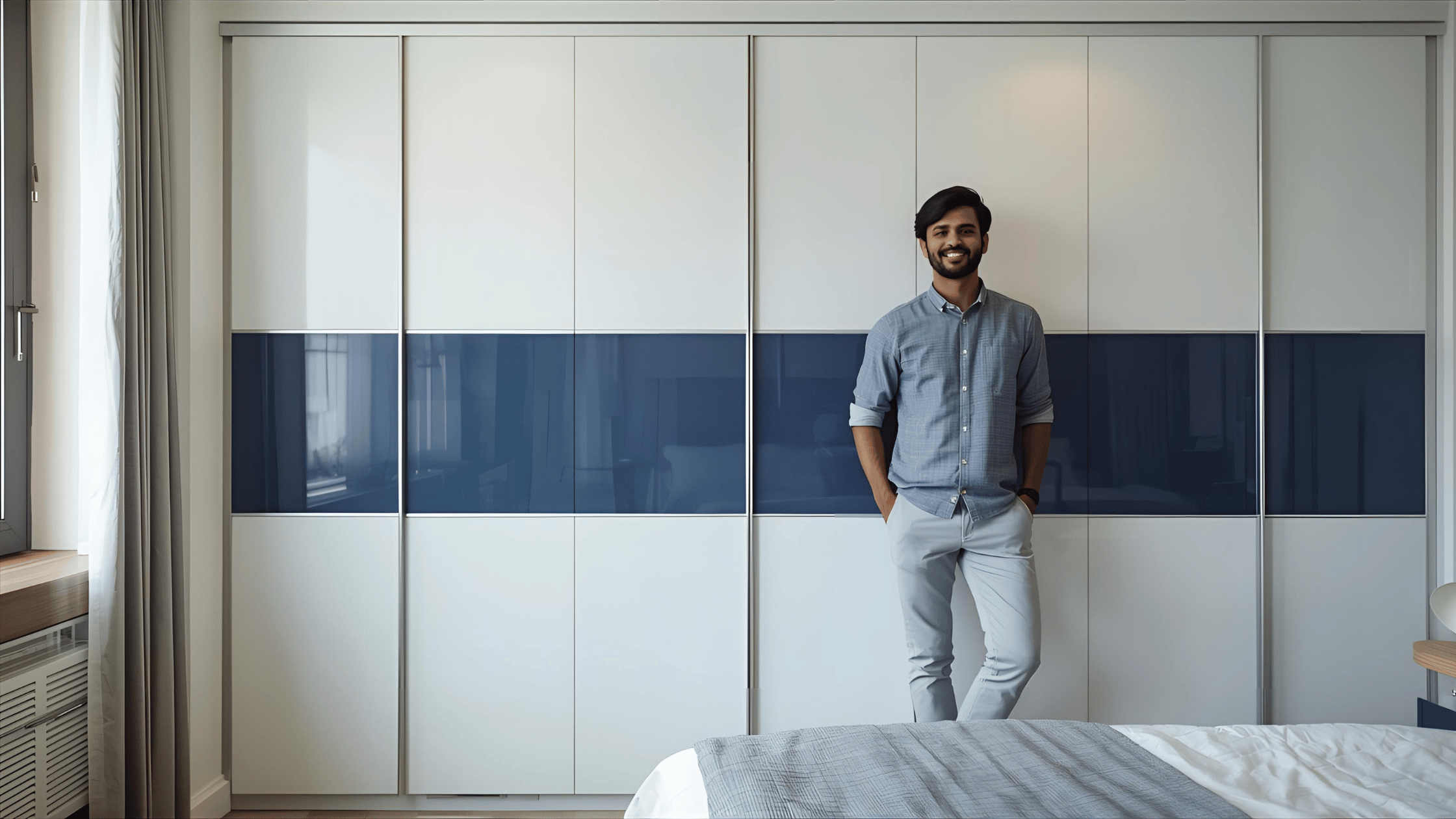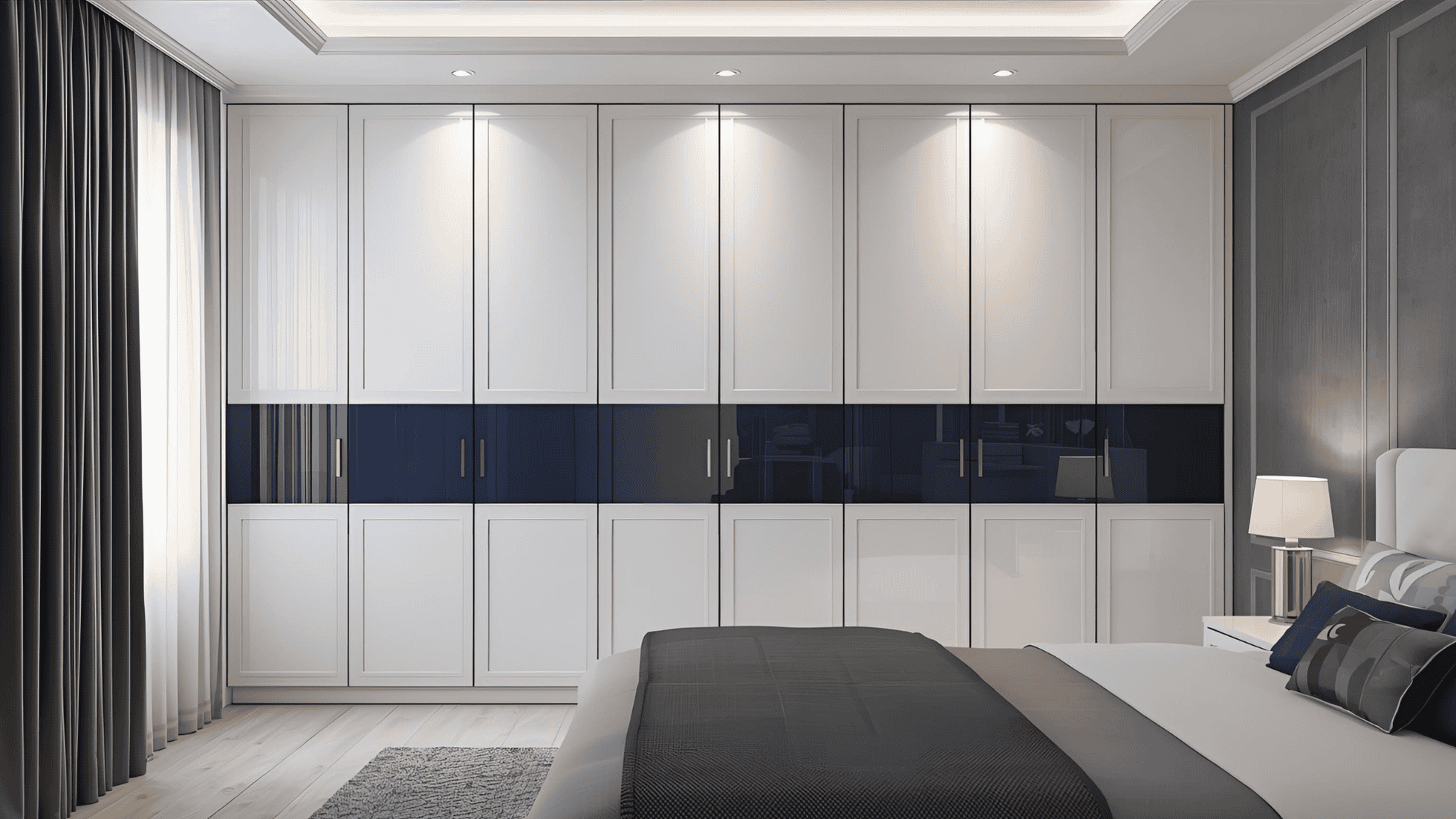Sliding Wardrobes vs. Hinged Wardrobes: A Comprehensive Comparison

When it comes to choosing the right wardrobe for your home, the decision between sliding and hinged wardrobes can significantly impact both functionality and aesthetics. Each type offers distinct advantages and drawbacks, making it essential to consider your personal needs and space constraints. In this article, we will explore the key differences between sliding wardrobes and hinge wardrobes, address common myths associated with each, and provide insights to help you make an informed choice.
1. Understanding Sliding Wardrobes
Sliding wardrobes feature doors that glide along tracks, allowing for seamless access without the need for additional clearance. Typically, these wardrobes come in two variations: 2-track and 3-track sliders. The primary difference lies in the accessibility they provide. With a 2-track slider, approximately 50% of the wardrobe can be opened at any given time. In contrast, the 3-track slider allows for around 66% accessibility. This means that while you can see and access a significant portion of your wardrobe, it is essential to plan the layout carefully, especially if your space is limited.
Ideal for Compact Spaces
Sliding wardrobes are particularly beneficial in smaller rooms where the distance between furniture, such as beds and wardrobes, is minimal. When space is at a premium, the compact design of sliding wardrobes ensures that you can access your clothing and accessories without obstruction. However, if the available space is exceedingly tight, less than two to three feet between furniture, the depth of the wardrobe should be reduced. This will prevent any inconvenience and make it easier to manage your belongings.
Contrary choice: In some cases, people choose sliding wardrobes even when there's ample space in the room. These wardrobes, designed with floor-to-ceiling height and glass shutters, add a touch of luxury that enhances the overall aesthetic of the space. The sleek design and reflective surfaces of glass shutters create a spacious and elegant atmosphere, making the room feel more open and modern. This choice not only maximizes storage but also brings a sophisticated, high-end look to the bedroom.



Common Myths About Sliding Wardrobes
- Sliding wardrobes are not safe: One common myth surrounding sliding wardrobes is that they are inherently unsafe. Many people believe that the lack of a traditional door lock compromises security. However, modern sliding wardrobes come equipped with robust locking systems that ensure your belongings are safe and secure. These lock systems can be tailored to meet your security needs, dispelling the notion that sliding wardrobes are less secure than their hinged counterparts.
- Sliding wardrobes are prone to malfunction: Another misconception is that sliding wardrobes are more likely to malfunction due to their mechanical components. While it’s true that they rely on tracks and rollers, high-quality sliding wardrobes are designed for durability and smooth operation. Ultimately, the performance of sliding wardrobes depends on the quality of the hardware and the accuracy of the weight specifications. Regular maintenance, such as cleaning the tracks and lubricating the rollers, can prevent issues and prolong the wardrobe's lifespan.
2. Understanding Hinged Wardrobes
Hinged wardrobes, on the other hand, are designed with doors that swing open on hinges. These can be configured as single-door or double-door wardrobes, providing different levels of accessibility based on your room’s layout. When fully opened, hinged wardrobes offer unobstructed access to the entire interior, making it easy to manage your belongings. This feature is particularly advantageous in spacious rooms where maximizing accessibility is essential.
Advantage of Hinged Wardrobes
- A whole wardrobe can be opened, making it easy to manage things: With hinge wardrobes, you can open the entire wardrobe at once, allowing for a complete view of your clothing and accessories. This accessibility simplifies organization and helps you locate items quickly, enhancing your overall efficiency.
Ideal for Spacious Rooms
If your room is spacious, hinged wardrobes can be an excellent choice. They allow you to open the entire wardrobe, making it convenient to view and organize your items without the constraints of sliding doors. This accessibility fosters a more efficient use of the space, as you can easily sort through your clothes, shoes, and accessories.
Common Myths About Hinged Wardrobes
- Hinged wardrobes are less versatile: A common misconception is that hinged wardrobes lack versatility in design compared to sliding wardrobes. In reality, hinged wardrobes are available in various styles, materials, and finishes, allowing homeowners to customize them to match their decor. Whether you prefer a classic wooden finish or a modern lacquered look, hinged wardrobes can be tailored to suit any aesthetic.
- Hinged wardrobes are outdated: Another myth is that hinged wardrobes are considered outdated compared to sliding options. However, hinged wardrobes come in various contemporary designs that can enhance the overall aesthetic of any room. They can easily blend with modern decor and provide a classic charm that many homeowners prefer.



3. Making the Right Choice
When deciding between sliding and hinged wardrobes, it is crucial to consider your individual space requirements, the look you want to achieve, and your lifestyle needs. Sliding wardrobes are a good choice for small spaces and also if you want a touch of luxury, providing a sleek, modern look while maximizing accessibility in tight areas. On the other hand, hinged wardrobes excel in spacious rooms, offering full access and ease of organization.
Ultimately, both wardrobe types have their merits, and understanding their functionalities and myths can empower you to choose the best option for your home.
Final Thoughts
Whether you opt for a sliding wardrobe or a hinged wardrobe, each type presents unique advantages that cater to different needs, looks, and spaces. By dispelling common myths and understanding the practicalities of each, you can make an informed decision that enhances your home’s functionality and aesthetic appeal.
For expert wardrobe solutions tailored to your needs, VM Modular is here to help! BOOK FREE CONSULTATION TODAY
VM Modular | info@vmmodular.com | +919920478888
Stay Updated by Signing up for Our Newsletter
We'll keep you in the loop with everything good going on in the modern working world.











.svg)
.svg)